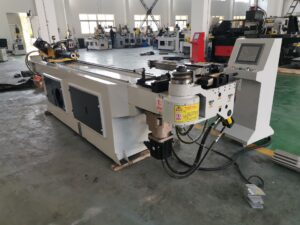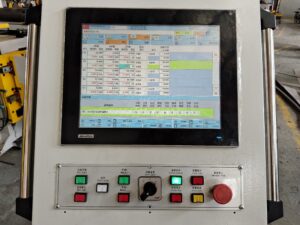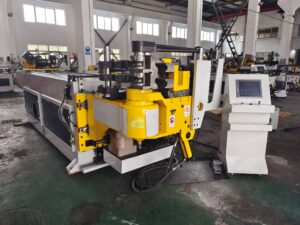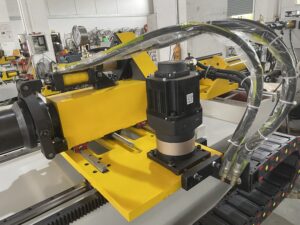What Are Some Tips to Harbor Freight Tube Bender?
If you’re working with metal fabrication, automotive repairs, or custom exhaust systems, a Harbor Freight tube bender can be an essential tool in your shop. However, learning how to use it effectively can make a significant difference in the quality of your bends and the longevity of the tool. This guide provides practical tips to Harbor Freight tube bender success, covering setup, bending techniques, maintenance, and real-world applications.

1. Understanding the Harbor Freight Tube Bender
The Harbor Freight tube bender, such as the popular Manual Hydraulic Tubing Bender (Item# 61233), is designed for bending steel, aluminum, and stainless-steel tubing. It’s an affordable yet powerful tool, but maximizing its potential requires proper knowledge.
Key Features of Harbor Freight Tube Benders:
- Hydraulic or manual operation
- Multiple die sets for different tube diameters
- Adjustable bend angles
- Solid steel construction
Understanding these features allows you to set realistic expectations and optimize your bending process.
2. Essential Tips for Using a Harbor Freight Tube Bender Effectively
A. Choosing the Right Die Set
- Ensure the die matches the outer diameter (OD) of your tubing.
- Harbor Freight benders often come with ⅜”, ½”, ¾”, 1”, and 1-½” dies.
- Using the wrong die can lead to kinking or oval-shaped bends.
B. Lubrication is Critical
- Apply anti-seize lubricant to the die and mandrel to reduce friction.
- This prevents tube distortion and prolongs tool life.
C. Proper Tube Preparation
- Measure and mark bending points accurately.
- Use a tube notcher if splicing is needed for tight fitments.
D. Gradual Bending Technique
- Avoid forcing the bender; hydraulic models should be pumped steadily.
- Overbending can weaken the tube structure.
E. Supporting the Tube Correctly
- Secure the tube firmly in the die to prevent slipping.
- Use a backstop to maintain consistent bend angles.
3. Common Mistakes and How to Avoid Them
Mistake #1: Ignoring Tube Springback
- Metals like stainless steel have memory and may spring back slightly after bending.
- Solution: Overbend by 2-3 degrees to compensate.
Mistake #2: Using Excessive Force
- Hydraulic benders can exert uneven pressure, leading to crimped tubes.
- Solution: Apply slow, even pressure and check the bend angle repeatedly.
Mistake #3: Neglecting Maintenance
- Failing to clean and lubricate the bender can cause rust or binding.
- Solution: Regularly inspect hydraulic seals and oil levels.
4. Enhancing Your Tube Bending Projects
Best Practices for Precision Bending
- Use a digital angle finder for exact bend measurements.
- For complex bends, create a bending jig as a reference.
Case Study: Custom Motorcycle Exhaust Build
John, a DIY motorcycle enthusiast, used a Harbor Freight tube bender to fabricate a custom exhaust. Initially struggling with kinks, he followed these steps:
- Switched from manual to hydraulic bender for smoother bends.
- Applied lubricant to minimize friction.
- Used a 1-½” die for 1.5″ tubing, ensuring a perfect fit.
- Measured bend angles with a protractor before final welding.
The result? A professional-grade exhaust system at a fraction of the cost.
5. Maintenance and Longevity Tips for Your Tube Bender
- Clean After Use: Wipe off metal shavings and lubricant residue.
- Store Properly: Keep in a dry area to prevent rust.
- Check Hydraulic Fluid: Replenish oil if the ram movement feels sluggish.
- Inspect Dies for Wear: Replace if grooves become too deep.
6. Alternative Uses Beyond Basic Tube Bending
While mainly used for exhausts and roll cages, the Harbor Freight tube bender can also handle:
- Handrails
- Furniture frames
- Hydraulic line bending
Conclusion
Mastering a Harbor Freight tube bending requires proper technique, patience, and regular maintenance. By following these practical tips to Harbor Freight tube bender success, you can maximize precision, efficiency, and tool longevity. Whether you’re an auto mechanic, fabricator, or DIY enthusiast, this tool’s versatility makes it a worthy investment for any metalworking project.
Would you like a step-by-step video guide on tube bending techniques? Share your thoughts in the comments below!
For more information, please click here



